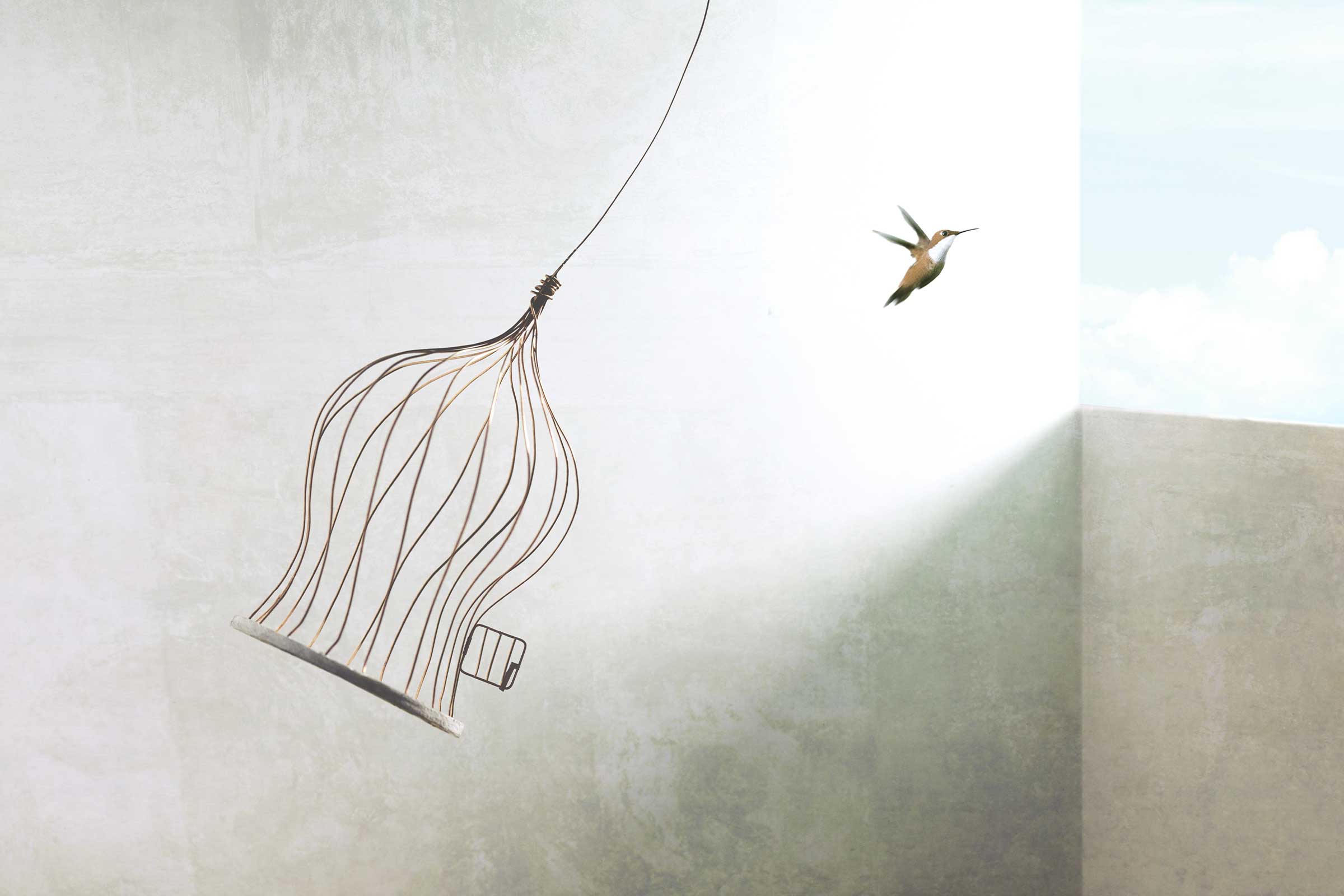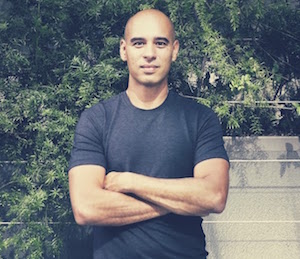Sometimes, your mind can get fixated on a thought or idea—and refuse to let go. For some people, this is ongoing, even if they don’t realize it.
How can you tell if your mind is holding onto something? Here are some signs:
- You won’t let go of an argument.
- You’re known for always wanting to be right.
- You replay conversations in your mind, arguing internally.
- You stew over an offense for a long time.
- You hold grudges.
- You’re frustrated because things aren’t the way you'd like them to be.
- People get tired of you complaining or being frustrated by the same things all the time.
- You regret things and wish you could go back and redo key moments of your life.
- You can’t forgive yourself for things you’ve done.
A mind that occasionally fixates is normal, but if you’re unable to let go, your mind becomes more and more rigid.
Fixating can affect your relationships, your ability to focus on the present moment, and your happiness.
Fixating can be a strength to a certain extent, acting as a protective force or a fire to ignite action. However, if you want to have a more fluid mind, you need to let the thoughts go at some point.
Let’s look at how to let go.
Why the Mind Fixates
Let’s start with why the mind fixates on something in the first place. Let’s assume it’s not because the mind doesn’t want you to be happy or isn’t smart enough to let go.
The mind naturally desires things to be how it wants them to be—how we like them. Fixation occurs when we become attached to those things.
Why do we become attached? Because we’re afraid that if things aren’t how we want them to be, we won’t be OK.
For example:
- If I’m wrong about an argument, my fear might be that people will think I’m stupid.
- If I don’t defend myself against someone’s criticism, my fear might be that I’m not a good person—or won’t be seen as one.
- If I don’t hold on to a grudge or resentment, my fear might be that people will walk all over and disrespect me.
- If I am frustrated about things not being the way I want them to be, my fear might be that I won’t have control over a scary situation.
Do any of these sound familiar? The fears will likely be things or outcomes you won’t be OK with for some reason.
How to Let Go
Knowing why our minds fixate—identifying the fear—might help us understand how to begin to let go.
We have first to acknowledge the fear that, for whatever reason, we won’t be OK. That’s an understandable fear to have.
Next, we might ask, “What does my fear need in order to feel that I will be OK?” The first reaction might be, “I need things to be the way I want them to be!” Which is, of course, the belief underlying the mind’s tendency to attachment.
But what if you didn’t need things to be that way to be OK? What if you could trust that you’ll be fine no matter how things turn out? See if you can imagine yourself being OK—even if you’re not right about things, or someone thinks bad things about you, or you’ve done something embarrassing if things just aren’t the way you want them to be.
If you can imagine yourself being OK despite it all, what tool might you need to help the present situation? I simply need a deeper breath, a little presence, and a little love.
When I have those, I don’t need things to be any certain way.
How to Practice Letting Go
Let’s take all of that and put it into practice:
1. Notice When Your Mind Is Fixated. This will usually be accompanied by frustration or an inability to let go of an argument or offense and appear as tightness in your body and mind. If all you do is notice this, you’ll be making progress.
2. Pause and Acknowledge the Fear. Breathe for a moment. Notice that your fear of not being OK is causing you to be attached to something. Notice that it’s frustrating you. Now, simply acknowledge the fear, breathe, and give it some presence and love.
3. Remind Yourself That You’ll Always Be OK. Start to develop a deep trust in your OK-ness by reminding yourself that being right, being offended, or having things your way aren’t required for you to be OK. You can be OK no matter how things turn out. Trust in that.
4. Now Let It Go. Breathe, and acknowledge that you could be wrong. Acknowledge that the other person might have had good intentions. Acknowledge that you don’t need things to be your way. Forgive the other person or yourself. Feel how loving and open this is.
These steps might not be easy. That’s OK, we don’t have to be attached to doing it right—just practice. See what happens with a curious mind.
Then, see what might happen if you let your mind release and be fluid. See what kind of openness might come. A new perspective awaits you.














